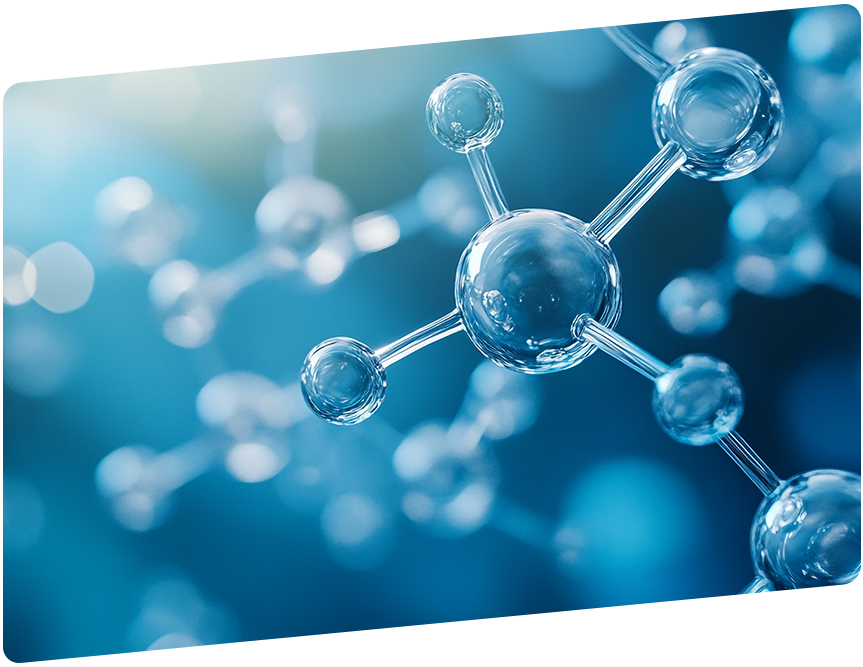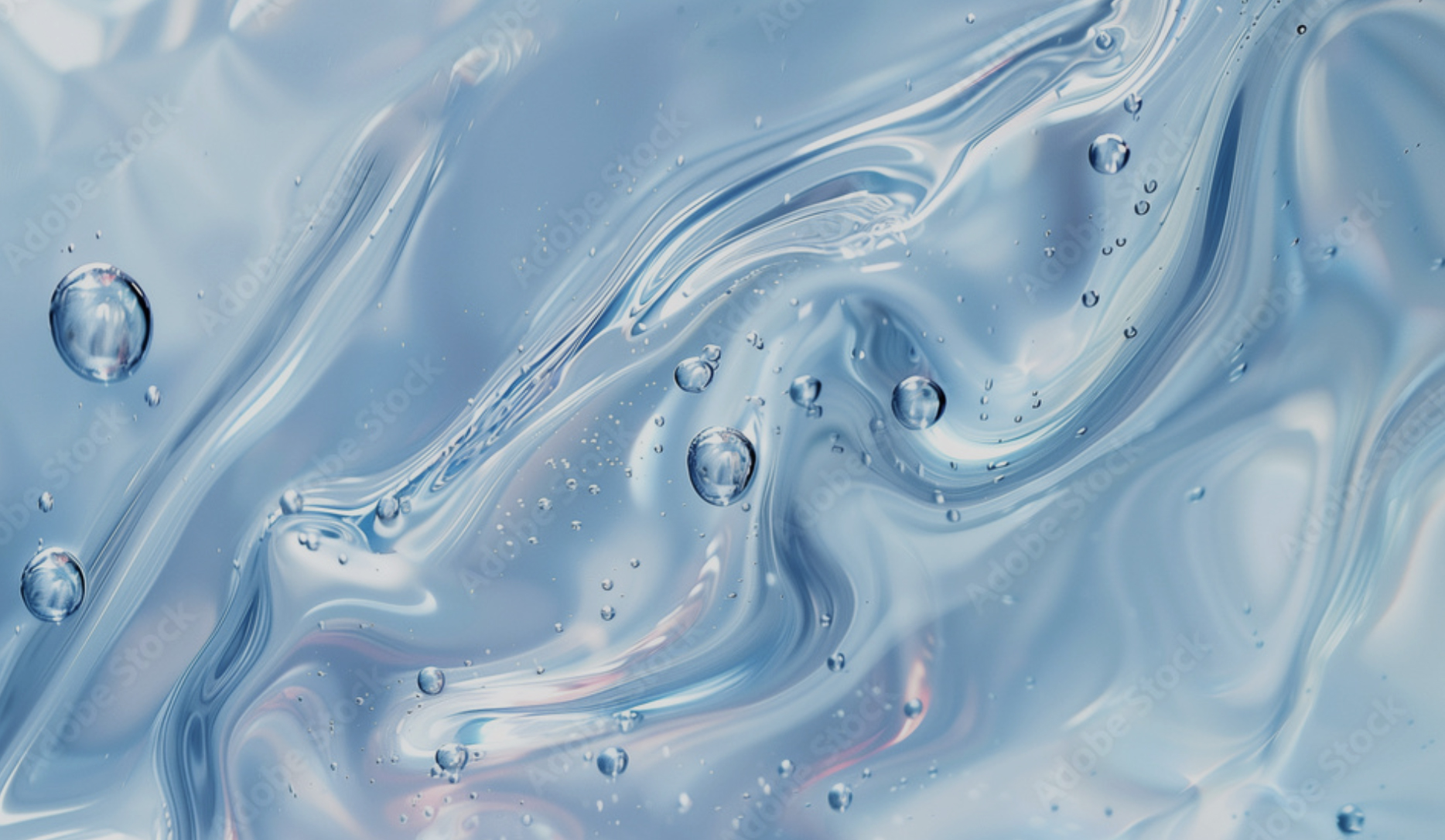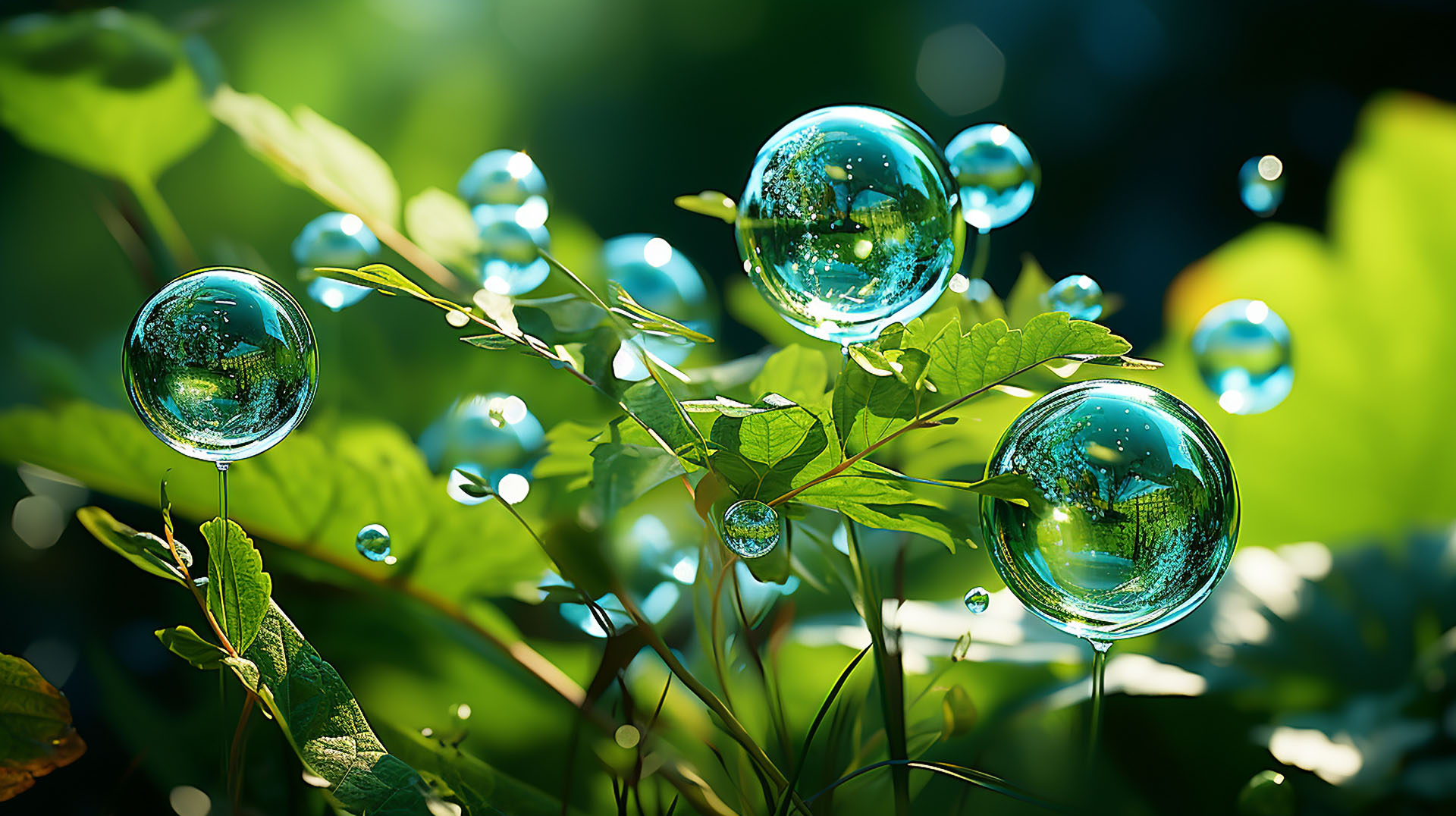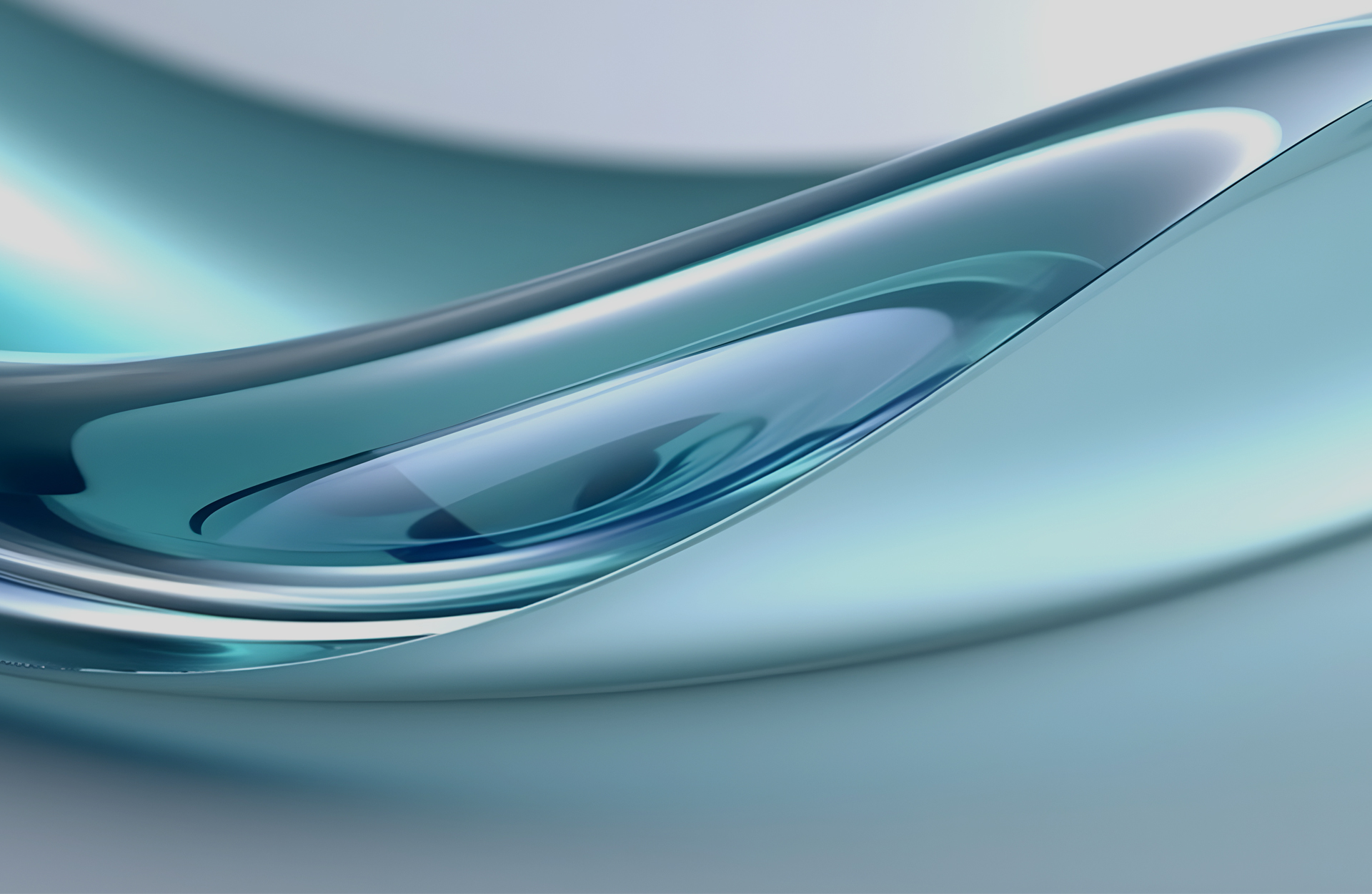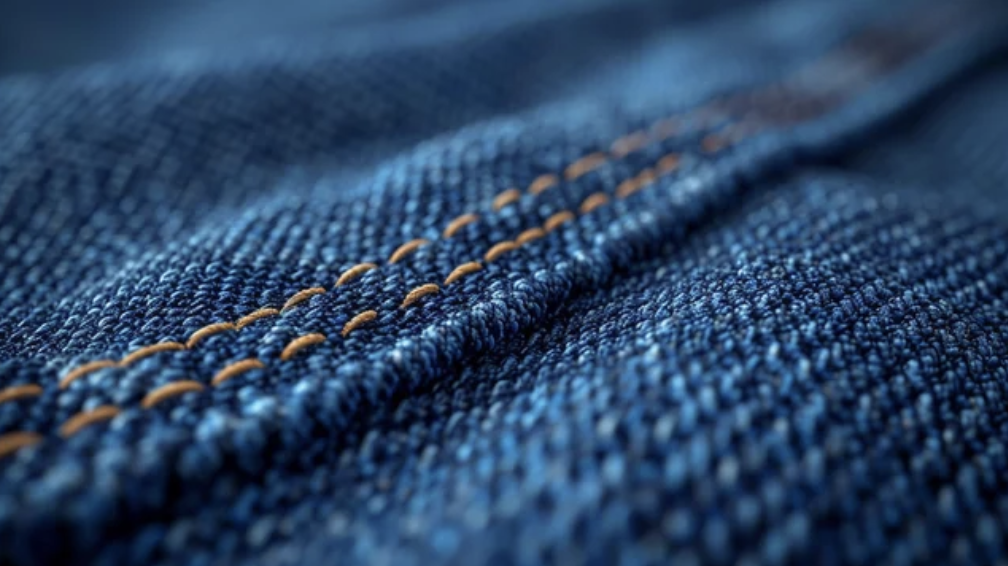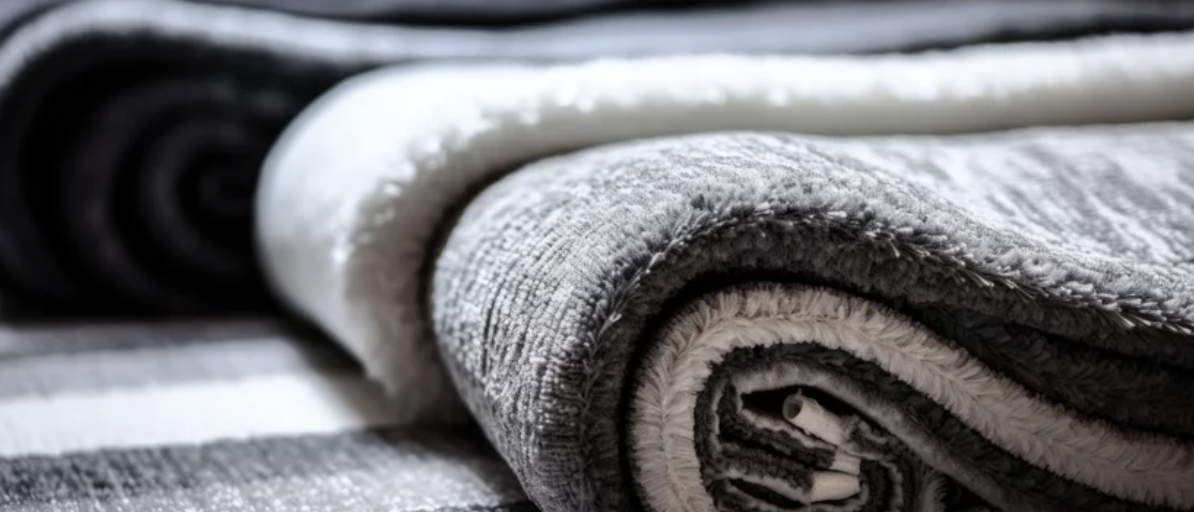Dyes for Plastics
From cars to phones to food packaging, plastics are everywhere in the modern world. But raw plastic starts out colorless. This is where plastic dyes come in. These specialized colorants allow plastics to be precisely colored for form and function. Keep ready to learn more about plastic dyes. You’ll discover the major types of dyes, key applications across industries, considerations for optimal dyeing, and exciting future trends. Whether you’re just curiously peeking behind the plastic curtain or are knee-deep in the dyeing process, read on for an inside look at how plastics get their eye-catching colors.
Types of Plastic Dyes
Not all dyes are created equal. The masterbatch dye chemistry needs to be compatible with the specific plastic resin. Otherwise, the color will easily wash out or fade away when exposed to chemicals, heat, or UV light.
Here are the major categories of plastic dyes:
Applications of Plastic Dyes
Now that you know the main dye types, let’s explore some of their many applications across industries.
No matter what the plastic product is, there’s a specially formulated dye to color it perfectly.
Factors to Consider in Plastic Dyeing
Achieving optimal plastic dyeing requires carefully balancing several factors:
Type of Plastic Resin
As discussed earlier, the dye chemistry must be compatible with the specific plastic resin. Some dyes only work with certain plastics. So, always start by identifying the plastic substrate.
Processing Method
The way the plastic is manufactured and processed affects dyeability. Different techniques like injection molding, blow molding, and extrusion involve unique temperature, pressure, and timing considerations.
Processing Temperature
Higher temperatures during manufacturing improve dye penetration and bonding. But too much heat can inhibit some dyes. Dyeing experts will tweak the heating to find the sweet spot.
Exposure Conditions
Will the dyed plastic live inside or outside? While acid and disperse dyes have good lightfastness, UV exposure degrades dyes faster. Additives like UV absorbers help dyes last longer in the sun.
Achieving Consistent Results
It’s essential to test dyes on plastic samples before full production. This verifies that the dye works as intended on the specific plastic and helps fine-tune application variables.
Considerations like plastic composition, manufacturing technique, temperature, concentration, and exposure are all balanced to achieve beautiful, consistent dye results.
Future Trends in Plastic Dyes
The world of plastic dyes is constantly evolving. Some exciting developments on the horizon include:
Nanotechnology
Tiny nano-sized dye particles allow more pigments to pack into plastics, enhancing brilliance, color saturation, pearlescent effects, and weather resistance.
Improved Lightfastness
New UV-resistant dye chemistries better prevent fading, expanding options for dyed plastics used in outdoor applications.
Eco-Friendly Dyes
More dyes derived from sustainable plant sources provide eco-friendly alternatives to petrochemical-based dyes.
Smart Dyes
Emerging technologies integrate sensors, conductive inks, and thermochromic dyes into plastics to make them “smart.” As the plastic senses environments and changes, the dyes react.
Expanded Color Gamut
Ongoing chemistry advances are expanding the palette of dyeable plastics with new magenta and orange dyes, unlocking broader possibilities for colorful plastic products.
The Future is Bright
From cars to electronics to food packaging, today’s world is filled with beautifully colored plastic products. Plastic dye chemists continue to push the boundaries of color and performance. The experts at Polyventive stay on top of the latest plastic dye innovations and techniques. For more on dyeing specific plastics like automotive and textiles, see our pages on automotive dyeing and garment dyeing.
For all your plastic dyeing needs, contact us today to explore achieving perfect, vibrant, durable colors on your plastic parts and products.
